
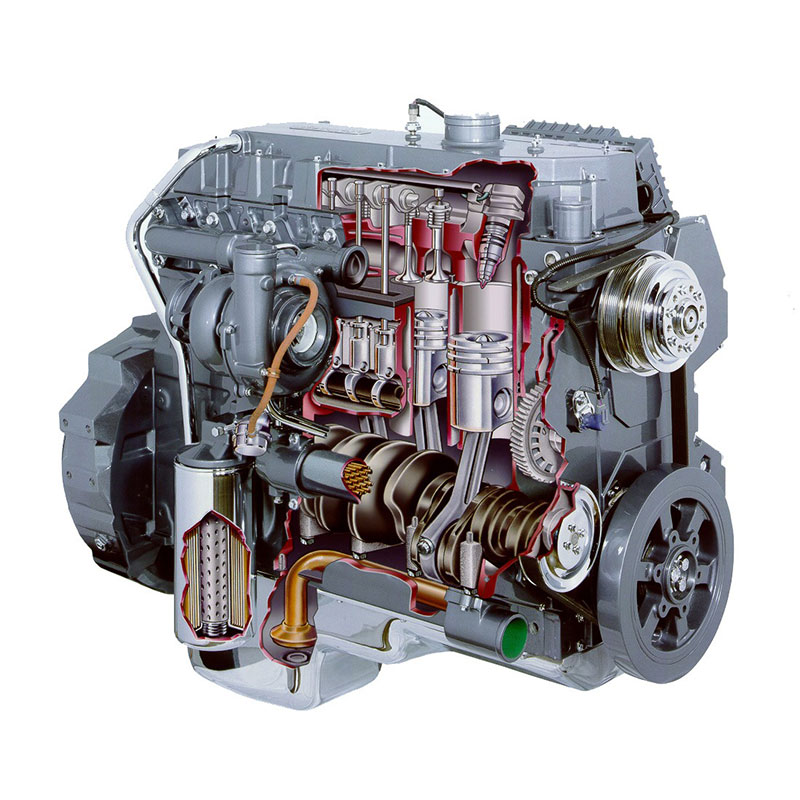
Mercedes MBE 4000 fault codes list is vital for diagnosing and resolving engine issues efficiently, ensuring optimal performance and minimizing downtime. AutoExplain.com provides comprehensive fault code information, diagnostic procedures, and expert remote support to keep your Mercedes MBE 4000 engine running smoothly, offering solutions such as diagnostic tools, repair information and troubleshooting guides. Explore in-depth information with detailed troubleshooting for ECM faults, sensor malfunctions, and aftertreatment system problems.
Table of Contents
ToggleThe Mercedes-Benz MBE 4000 engine, a popular choice for heavy-duty trucks and buses, is known for its durability and performance. However, like any complex engine, it can experience issues that trigger fault codes. These codes are crucial for diagnosing problems accurately and efficiently. A Mercedes MBE 4000 fault codes list acts as a diagnostic roadmap, pointing technicians to the root cause of engine malfunctions. Understanding these codes is the first step in ensuring your engine operates at its best.
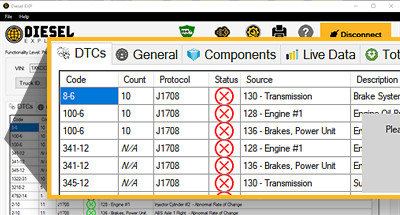 Mercedes MBE 4000 Engine Fault Codes List
Mercedes MBE 4000 Engine Fault Codes List
This section provides a detailed list of common Mercedes MBE 4000 fault codes, along with their descriptions, potential causes, and troubleshooting tips. This list is designed to help technicians quickly identify and address engine issues.
| Fault Code | Description | Possible Causes | Troubleshooting Tips |
|---|---|---|---|
| P0606 | ECM Processor Failure | Internal ECM failure, poor connection, wiring issues | Check ECM power and ground connections, inspect wiring for damage, replace ECM if necessary. |
| P0607 | Control Module Performance | ECM performance issues, software glitches, sensor data errors | Update ECM software, verify sensor data accuracy, replace ECM if performance issues persist. |
| P062F | Internal Control Module EEPROM Error | EEPROM corruption, ECM failure | Attempt to reprogram ECM, replace ECM if reprogramming fails. |
| P0605 | Internal Control Module Read Only Memory (ROM) Error | ROM corruption, ECM failure | Attempt to reprogram ECM, replace ECM if reprogramming fails. |
| Fault Code | Description | Possible Causes | Troubleshooting Tips |
|---|---|---|---|
| P0087 | Fuel Rail/System Pressure Too Low | Faulty fuel pump, clogged fuel filter, leaking fuel injectors | Check fuel pump pressure, replace fuel filter, inspect fuel injectors for leaks, check for fuel line restrictions. |
| P0088 | Fuel Rail/System Pressure Too High | Faulty fuel pressure regulator, restricted fuel return line | Check fuel pressure regulator, inspect fuel return line for restrictions, replace fuel pressure regulator if necessary. |
| P0201-P0206 | Injector Circuit Malfunction – Cylinder 1-6 | Faulty fuel injector, wiring issues, ECM problems | Check fuel injector resistance, inspect wiring for damage, verify ECM injector driver circuit, replace fuel injector if necessary. |
| P0263 | Cylinder 1 Contribution/Balance Fault | Fuel injector issues, compression problems, valve train issues | Perform compression test, check fuel injector performance, inspect valve train for damage, check for intake/exhaust leaks. |
| Fault Code | Description | Possible Causes | Troubleshooting Tips |
|---|---|---|---|
| P0101 | Mass Air Flow (MAF) Sensor Range/Performance | Dirty MAF sensor, vacuum leaks, faulty MAF sensor | Clean MAF sensor, check for vacuum leaks, verify MAF sensor signal, replace MAF sensor if necessary. |
| P0102 | Mass Air Flow (MAF) Sensor Circuit Low Input | Wiring issues, faulty MAF sensor, poor connection | Check wiring for damage, verify MAF sensor ground and power, replace MAF sensor if necessary. |
| P0121 | Throttle/Pedal Position Sensor Range/Performance | Dirty throttle body, faulty TPS, wiring issues | Clean throttle body, check TPS voltage, inspect wiring for damage, replace TPS if necessary. |
| P0122 | Throttle/Pedal Position Sensor Circuit Low Input | Faulty TPS, wiring issues, poor connection | Check wiring for damage, verify TPS ground and power, replace TPS if necessary. |
| Fault Code | Description | Possible Causes | Troubleshooting Tips |
|---|---|---|---|
| P0401 | Exhaust Gas Recirculation (EGR) Insufficient Flow | Clogged EGR valve, faulty EGR valve, vacuum leaks | Clean EGR valve, check EGR valve operation, inspect vacuum lines for leaks, replace EGR valve if necessary. |
| P0402 | Exhaust Gas Recirculation (EGR) Excessive Flow | EGR valve stuck open, faulty EGR valve position sensor | Check EGR valve operation, verify EGR valve position sensor signal, replace EGR valve if necessary. |
| P0420 | Catalyst System Efficiency Below Threshold | Faulty catalytic converter, exhaust leaks, O2 sensor issues | Check for exhaust leaks, verify O2 sensor signals, replace catalytic converter if necessary. |
| P0131 | O2 Sensor Circuit Low Voltage (Bank 1, Sensor 1) | Faulty O2 sensor, wiring issues, exhaust leaks | Check wiring for damage, verify O2 sensor ground and power, inspect for exhaust leaks, replace O2 sensor if necessary. |
| Fault Code | Description | Possible Causes | Troubleshooting Tips |
|---|---|---|---|
| P0116 | Coolant Temperature Sensor Range/Performance | Faulty coolant temperature sensor, wiring issues | Check wiring for damage, verify coolant temperature sensor signal, replace coolant temperature sensor if necessary. |
| P0117 | Coolant Temperature Sensor Circuit Low Input | Faulty coolant temperature sensor, wiring issues, poor connection | Check wiring for damage, verify coolant temperature sensor ground and power, replace coolant temperature sensor if necessary. |
| P0128 | Coolant Thermostat Below Regulating Temperature | Faulty thermostat, low coolant level | Check thermostat operation, verify coolant level, replace thermostat if necessary. |
| P0480 | Cooling Fan Control Circuit Malfunction | Faulty cooling fan relay, wiring issues, faulty cooling fan motor | Check cooling fan relay, inspect wiring for damage, verify cooling fan motor operation, replace cooling fan motor if necessary. |
| Fault Code | Description | Possible Causes | Troubleshooting Tips |
|---|---|---|---|
| P0113 | Intake Air Temperature Sensor Circuit High Input | Faulty IAT sensor, wiring issues, poor connection | Check wiring for damage, verify IAT sensor ground and power, replace IAT sensor if necessary. |
| P0118 | Engine Coolant Temperature Circuit High Input | Faulty ECT sensor, wiring issues, poor connection | Check wiring for damage, verify ECT sensor ground and power, replace ECT sensor if necessary. |
| P0234 | Turbocharger Overboost Condition | Faulty turbocharger, wastegate issues, boost control problems | Check turbocharger operation, inspect wastegate for proper function, verify boost control system, replace turbocharger if necessary. |
| P0235 | Turbocharger Boost Sensor Circuit Malfunction | Faulty boost sensor, wiring issues, vacuum lines | Check wiring for damage, verify boost sensor signal, inspect vacuum lines for leaks, replace boost sensor if necessary. |
| Fault Code | Description | Possible Causes | Troubleshooting Tips |
|---|---|---|---|
| P2002 | Diesel Particulate Filter Efficiency Below Threshold | Clogged DPF, faulty DPF sensor, exhaust leaks | Check DPF pressure differential, inspect for exhaust leaks, perform DPF regeneration, replace DPF if necessary. |
| P2033 | Exhaust Gas Temperature Sensor Circuit High (Bank 1, Sensor 2) | Faulty EGT sensor, wiring issues | Check wiring for damage, verify EGT sensor ground and power, inspect for exhaust leaks, replace EGT sensor if necessary. |
| P207F | SCR NOx Exceedance | SCR catalyst failure, DEF quality issues, faulty NOx sensor | Verify DEF quality, check NOx sensor signals, inspect SCR catalyst, replace SCR catalyst if necessary. |
| P20EE | SCR Catalyst Efficiency Below Threshold Bank 1 | SCR catalyst failure, DEF quality issues, faulty NOx sensor | Verify DEF quality, check NOx sensor signals, inspect SCR catalyst, replace SCR catalyst if necessary. |
| P204F | Reductant System Performance | DEF pump failure, DEF injector issues, wiring problems | Check DEF pump operation, inspect DEF injector for clogs, verify wiring connections, replace DEF pump or injector if necessary. |
| P20E8 | Reductant Pressure Too Low | DEF pump failure, DEF injector issues, wiring problems | Check DEF pump operation, inspect DEF injector for clogs, verify wiring connections, replace DEF pump or injector if necessary. |
| Fault Code | Description | Possible Causes | Troubleshooting Tips |
|---|---|---|---|
| P0700 | Transmission Control System Malfunction | Faulty transmission control module (TCM), wiring issues | Check TCM power and ground connections, inspect wiring for damage, replace TCM if necessary. |
| P0715 | Input/Turbine Speed Sensor Circuit Malfunction | Faulty speed sensor, wiring issues, mechanical transmission problems | Check speed sensor resistance, inspect wiring for damage, verify sensor signal, replace speed sensor if necessary. |
| P0717 | Input/Turbine Speed Sensor Circuit No Signal | Faulty speed sensor, wiring issues, mechanical transmission problems | Check speed sensor resistance, inspect wiring for damage, verify sensor signal, replace speed sensor if necessary. |
| P0730 | Incorrect Gear Ratio | Low transmission fluid, internal transmission damage, solenoid issues | Check transmission fluid level, inspect for internal transmission damage, test solenoid operation, replace transmission if necessary. |
Diagnosing Mercedes MBE 4000 engine problems requires a systematic approach. This section outlines a step-by-step procedure to help technicians accurately identify and resolve issues.
In some cases, basic diagnostic procedures may not be sufficient to identify the root cause of engine problems. This section explores advanced diagnostic techniques that can help technicians tackle complex issues.
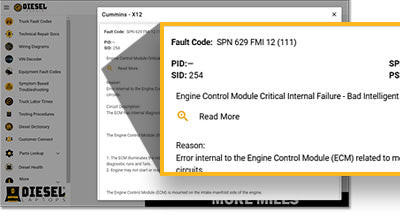 New UI – Link to Repair
New UI – Link to Repair
This section addresses some of the most common issues encountered with the Mercedes MBE 4000 engine, along with practical solutions.
Preventative maintenance is essential for keeping your Mercedes MBE 4000 engine running smoothly and avoiding costly repairs.
Inspection of Hoses and Belts
Regularly inspect hoses and belts for signs of wear or damage. Replace any worn or damaged components to prevent leaks or failures.
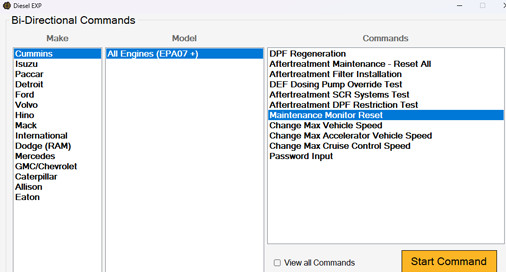 Maintenance Commands
Maintenance Commands
Bi-directional functionality in diagnostic tools allows technicians to send commands to the engine’s control modules, offering a more in-depth diagnostic process. For Mercedes MBE 4000 engines, this feature can significantly enhance troubleshooting and repair efficiency.
Emissions Delete Detection (EDD) is a critical feature for identifying tampering with emissions control systems. This functionality helps ensure compliance with environmental regulations and maintain optimal engine performance.
| Functionality | List |
|---|---|
| International Maxxforce engines (EPA 10+) | Engine diagnostics to detect modification and deletion of emission components such as EGR, SCR, and DPF systems |
| Detroit Engines (2007+) | Emission component monitoring for original and functional emission components |
| Cummins Engines (2007+) | Verifying complete and original emission components and systems |
Maintenance reset commands are essential for optimizing engine life and performance. These commands reset service intervals and monitor settings, ensuring timely maintenance and preventing potential issues.
| Manufactures | Maintenance Resets |
|---|---|
| Cummins | Maintenance monitor reset- All 2007+ engines |
| International | Service Interval Reset- A26, N13, Maxxforce 7, 11/13, DT/9/10, Service Interval Reset Settings- A26, N13, Maxxforce 7, 11/13, DT/9/10 |
| Volvo | Service Interval Reset – D11/13 engines (EPA07-23), Service Interval Reset Settings- D11/13 engines (EPA07-23) |
| Mack | Service Interval Reset – MP7/8 engines (EPA07-23), Service Interval Reset Settings- MP7/8 engines (EPA07-23) |
| CAT | Service Interval Reset- CT11/13, Service Interval Reset Settings- CT11/13 |
| Allison | Oil Filter life monitor reset – All Gen 5 transmissions, Enable/Disable Oil & Filter Life monitor reset – All Gen 5 transmissions, Transmission Health/Clutch Resets – All Gen 5 transmissions |
| Eaton | Grease interval reset- All UltraShift plus, All Fuller Advantage |
If you’re experiencing issues with your Mercedes MBE 4000 engine, don’t hesitate to contact AutoExplain.com for expert assistance. Our team of experienced technicians is ready to help you diagnose and resolve any problems quickly and efficiently. We offer remote diagnostic support, step-by-step repair guidance, and access to a wealth of technical resources.
Office Address: 4590 Angus Road, New York, United States
WhatsApp: +1(936)2896695
Email: [email protected]
Website: AutoExplain.com
Let AutoExplain.com be your trusted partner in keeping your Mercedes MBE 4000 engine running at its best. Our expert remote support and comprehensive fault code information will help you minimize downtime and maximize performance. Contact us today for reliable solutions and unparalleled service.

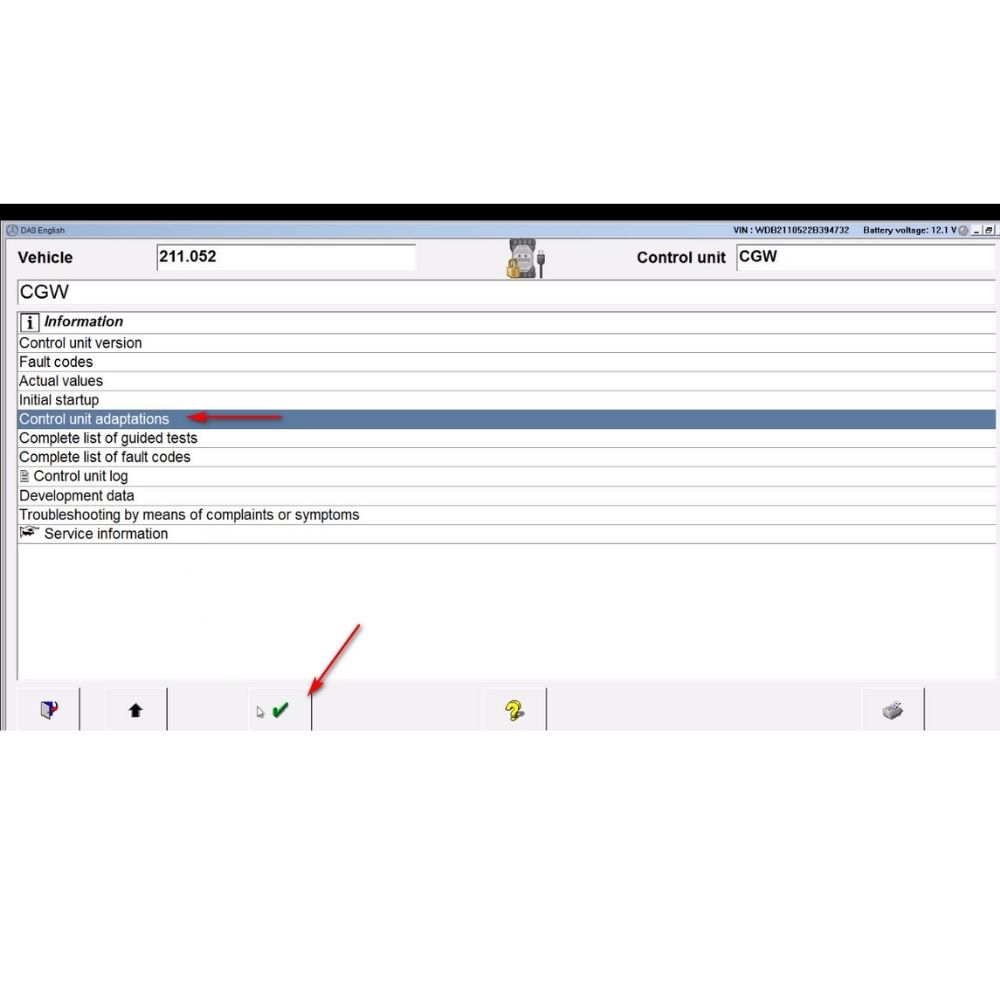
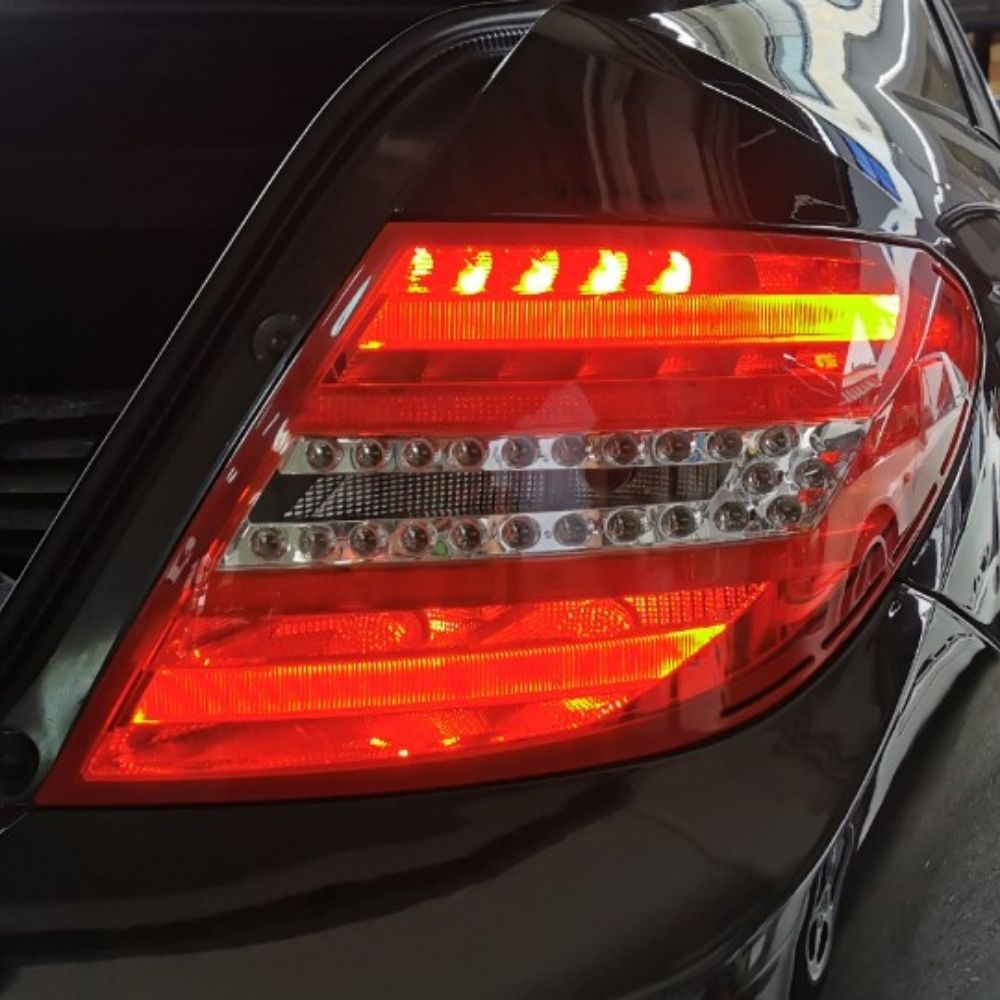
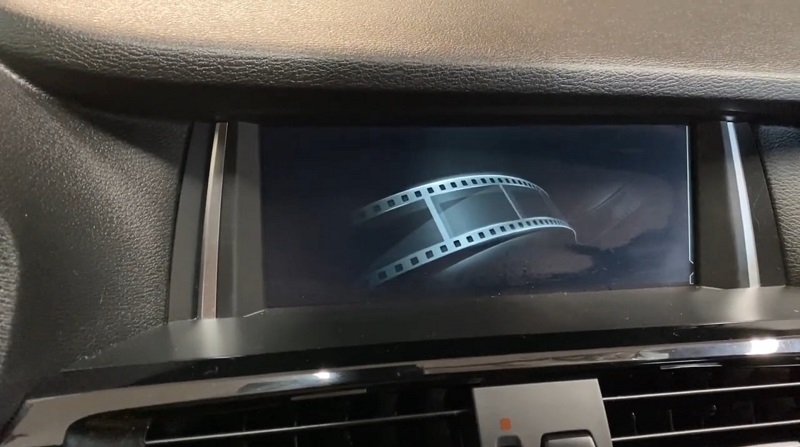

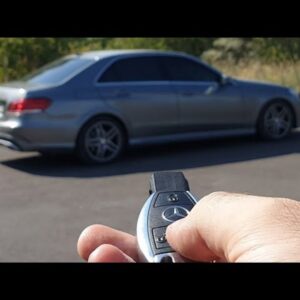
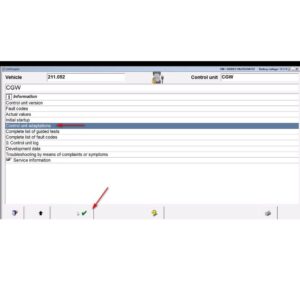
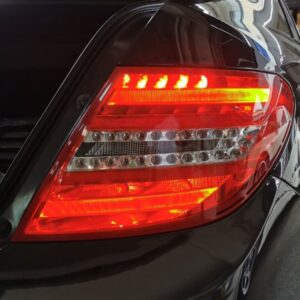
At AutoExplain, we provide automotive online repair service, auto repair tips, car repair manuals & document & training course to help mechanics of all experience levels—fix vehicles efficiently
AUTO EXPLAIN LLC
Employer Identification Number (EIN):
38-4349958
Whatsapp Us: +1(936)2896695
Gmail: [email protected]
Our Workshop: 1500 N Grant ST Sten Denver, Colorado, United States
Copyright 2025 © AutoExplain